How to Spin Fishing
Spinning fishing is a modern, dynamic technique that allows you to fish while doing a lot of movement.
Today on the market there are many types of artificials, each with its own characteristic. Swimming, movements, smell, color or even just reflections can be the key to changing our fishing day. The most used artificials are definitely spoons, minnows, casting jigs, Stickbaits, and all soft artificials.
A careful choice of artificial is not only about the fishing action, but also about reading the environment. In scenarios with intense light, metallic or reflective colors can attract a remarkable variety of predators, while in murky waters or with poor visibility, darker shades or artificials equipped with sound vibrations could make the difference. The ability to calibrate these options puts every angler in a continuous strategic challenge that goes beyond the simple casting.
By casting an artificial into the water we are simply trying to deceive the predatory fish. A predator is just waiting to attack, so it will not waste time attacking an artificial that is swimming like a wounded prey or that has moved away to its school.

Spin fishing in freshwater.
This technique is mainly aimed at fishing for pike, perch, black bass and trout. The technique consists, as already mentioned, in trying to cast your artificial as far as possible, trying to animate it to trigger the predatory instinct of the fish. This technique can be practiced both from the shore and from the boat.
Freshwater environments offer numerous opportunities to experiment with different casting techniques. Anyone who has tried to approach without being perceived by the fish knows how crucial a stealthy approach and the ability to manage your fishing pace are. Especially in narrow rivers or closed lakes, silent movements and a thoughtful choice of casting point can transform a fishing trip into a real triumph, allowing the angler to venture into new explorations. The best times for spinning are definitely dawn and dusk, although there is no real rule. It all depends on a series of factors that, if well mixed together, can make our spinning fishing trip unforgettable.
Don't forget that among the preys of spinning fishing there is also the catfish, one of the largest and most powerful fish in our fresh waters, to which a real technique of its own is dedicated.

Sea spinning fishing
Predators that become prey in spinning are in particular sea bass and bluefish, followed by lecce, barracuda, dolphin fish, bonitos and even his majesty the tuna. Sea bass is perhaps the most commonly caught fish when spinning. It is sought between the mouths of rivers, where it constantly moves in search of food. Sea bass prefers both surface lures and silicone ones. Often slow animations with silicone ones that fish by crawling on the bottom give excellent results. If you are in the open sea and have adequate fishing equipment, do not hesitate to cast an artificial with strong hooks among the feeding frenzy. Often a tuna can appear and will not hesitate to chase and attack your artificial that moves away from the school of fish that form the so-called "bubble".
The importance of wind and currents

The launch and recovery
The important phases of spinning fishing are two: casting and retrieving. To cast our artificial as far as possible, you need a rod with the right power. If it is a small casting jig or small minnow, prefer sensitive meat with fast actions, if it is a large artificial, move on to more important actions with a consequent increase in weight. The retrieval must take place in harmony between the turns of the reel and the movements given to the rod by your wrist. In this way you will be able to animate your artificial until it becomes almost "alive". Each type of artificial needs a different animation. Tugged with jerk, slow or on the contrary fast retrievals, it is up to you to find the right balance and the right animation.

Spinning equipment
Shore spinning prefers strong and light rods, with a length that can vary between 2.20 and 3 meters. On the boat, rods from 2.10m to 2.40m are used. The reels must be fluid, light and capacious. For freshwater fishing, small reels are used (from 2000 to 4000) and in the case of catfish fishing up to 6000.
At sea, you go a little further with the use of more powerful spinning reels up to size 10,000. The ideal sizes for fishing sea bass and coastal pelagics are between 4000 and 5000, the larger sizes instead are made for large pelagics such as tuna in the Mediterranean or fishing for jacks in the ocean.

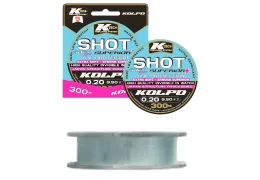
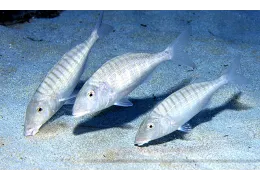
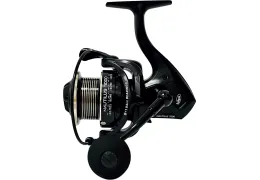
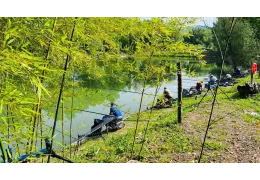

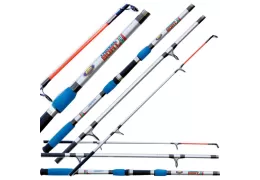
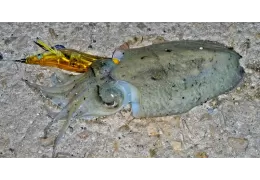
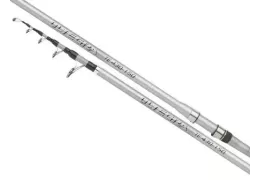



Leave a comment
Log in to post comments